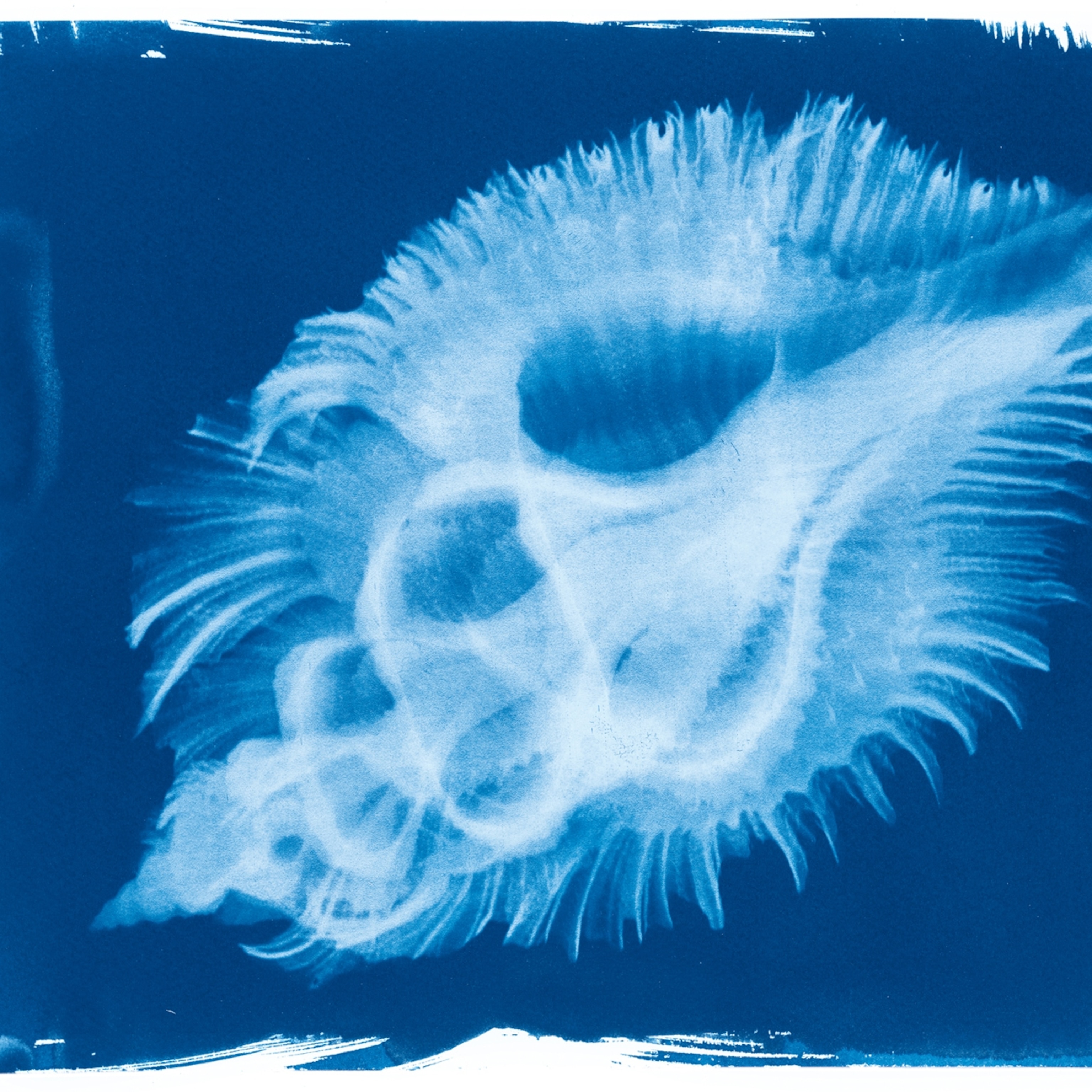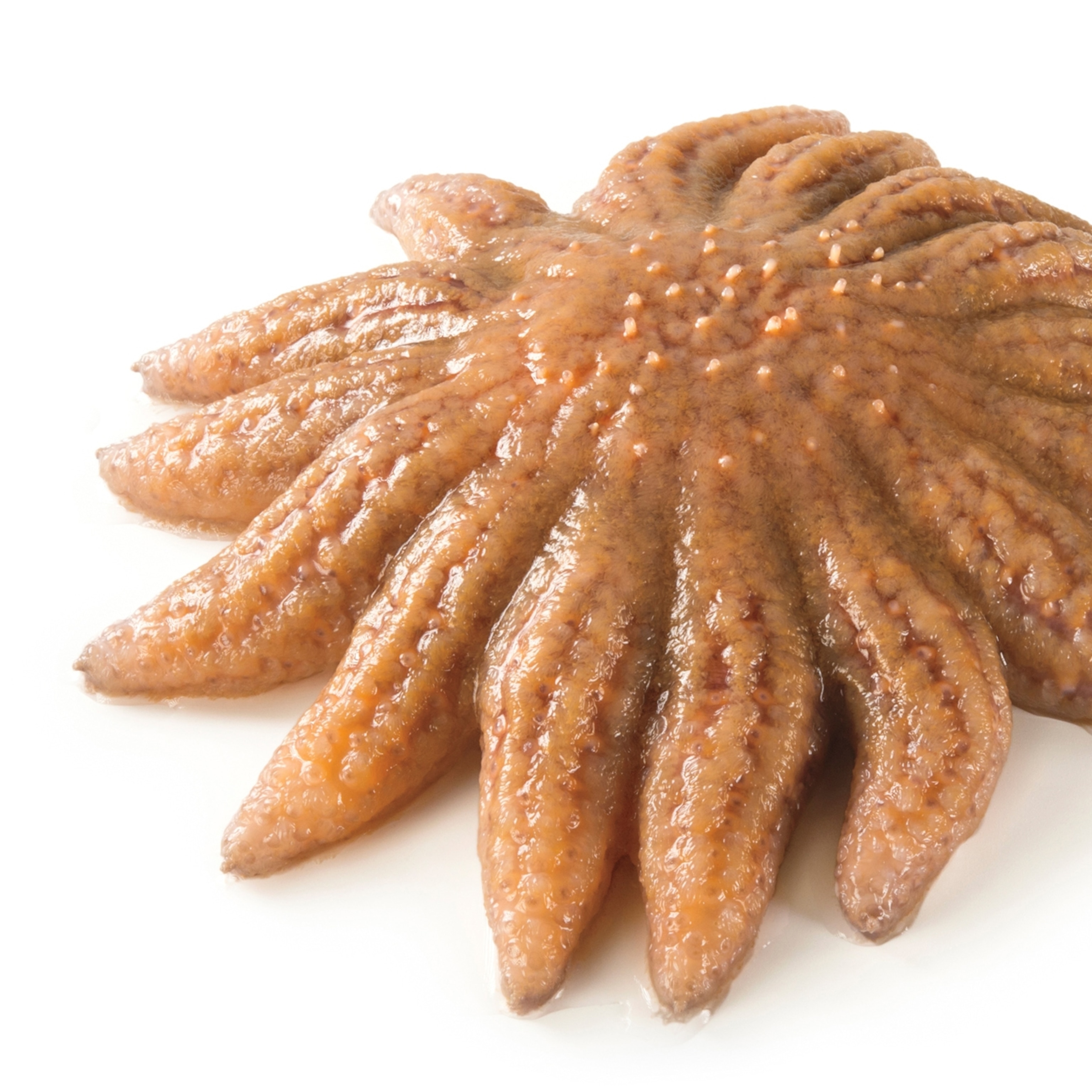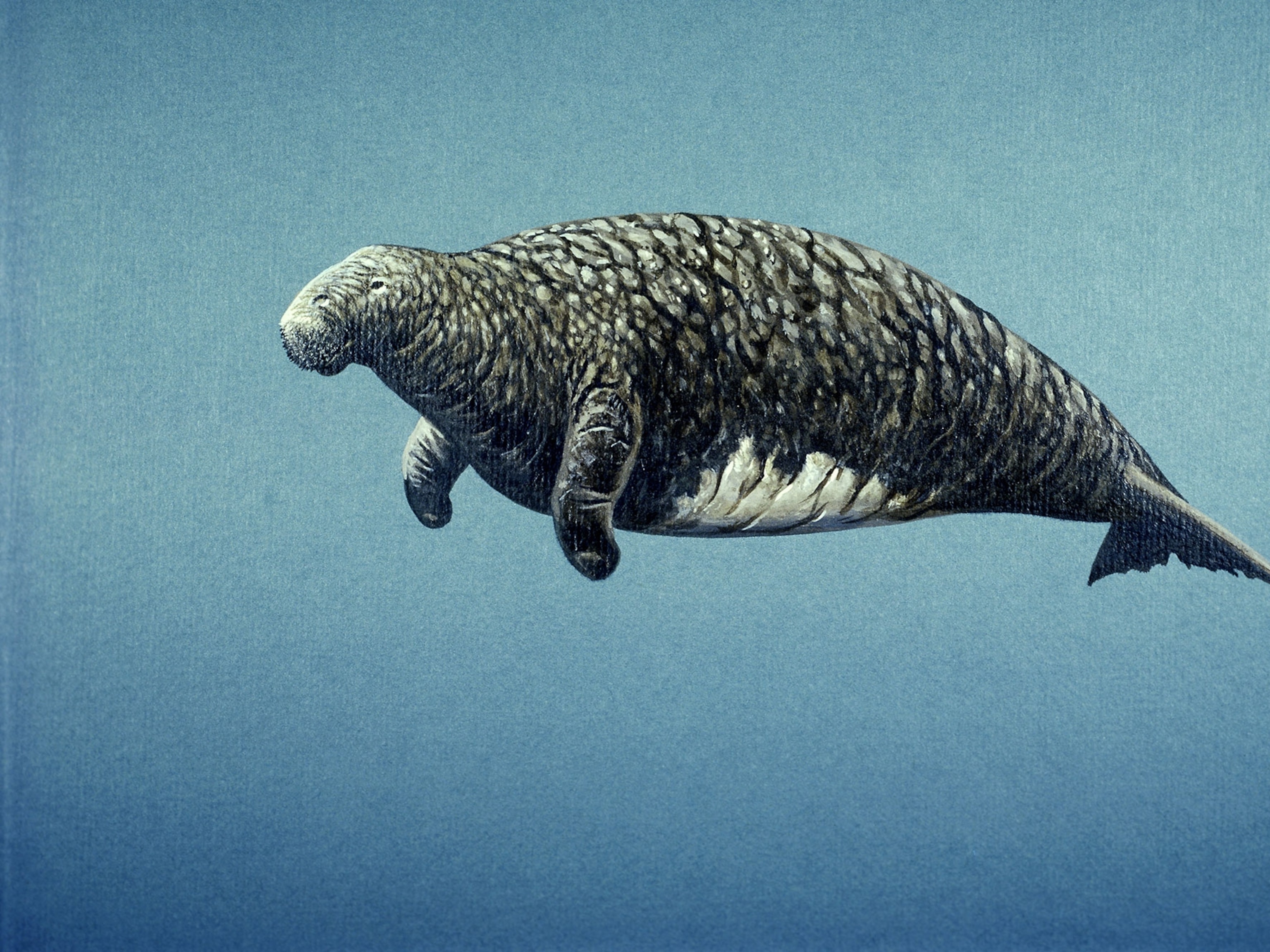The world’s loneliest snail is no more.
George, a Hawaiian tree snail—and the last known member of the species Achatinella apexfulva—died on New Year’s Day. He was 14, which is quite old for a snail of his kind.
George was born in a captive breeding facility at the University of Hawaii at Mānoa in the early 2000s, and soon after, the rest of his kin died. That’s when he got his name—after Lonesome George, the Pinta Island tortoise who was also the last of his kind.
(What Happens When Snails Stab Their Mates)
For over a decade, researchers searched in vain for another member of the species for George to mate with, to no avail. (Though these snails are hermaphrodites, two adults must mate to produce offspring, and researchers refer to George as a “he.”)
“I’m sad, but really, I’m more angry because this was such a special species, and so few people knew about it,” says Rebecca Rundell, an evolutionary biologist with State University of New York who used to help care for George and his kin.
Throughout his life, George was a public face for the struggles facing Hawaiian land snails. His death highlights both the vast diversity of indigenous snails—and their desperate plight.
“I know it’s just a snail, but it represents a lot more,” says David Sischo, a wildlife biologist with the Hawaii Department of Land and Natural Resources and coordinator of the Snail Extinction Prevention Program.
Silencing the forest
Snails were once incredibly numerous in Hawaii, and the loss of a species is a blow to the ecosystem. Records from the 19th century claim that 10,000 or more shells could be collected in a single day. “Anything that is abundant in the forest is an integral part of it,” says Michael Hadfield, an invertebrate biologist who ran the captive breeding program for rare native Hawaiian snails until the late 2000s.
And these creatures are incredibly diverse: There were once more than 750 species of land snail in Hawaii, including a little over 200 in the tree snail family.
When they arrived on the islands, the snails branched out and took on a variety of ecological roles. Some of these species came to function as decomposers—like earthworms, which are not native to the islands—and fulfill the essential ecological role of breaking down detritus.
The Hawaiian tree snails specialize on the gunk that grows on leaves. Upon feeding, they reduce the abundance of fungi on leaves while increasing fungal diversity—and because of that, they may have helped protect their host trees from diseases. Some biologists think healthy snail populations could have prevented the current outbreak of Rapid ʻŌhiʻa Death, a new fungal pathogen wiping out native trees.
In some ways, these snails are more like mammals or birds than other invertebrates: They regularly live well into their teens, take five or more years to reach sexual maturity, and give birth to less than ten offspring per year. They’re revered in Native Hawaiian legends which hold that tree snails can sing beautifully, and are known as the ‘voice of the forest’. (It’s not clear why since they aren’t known to make audible noises.)

Diverse but endangered
About a decade ago, it was commonly believed that over 90 percent of Hawaii’s snail species were gone. Researchers have re-discovered dozens of species that they thought were extinct, however, and found several new species.
The snails that remain in Hawaii are in serious trouble, though. Most are only found on a single ridge or valley, and in recent years, declines have accelerated as introduced predators have started invading their last refuges.
“We’ve had populations that have been monitored for over a decade, and they seemed stable… then, within the past two years they’ve completely disappeared,” says Sischo. “We’ve all broken down and cried in the field.”
These snails are likely to go extinct within months or a few years, Sischo says, unless they’re protected in the wild or brought into the lab.
And the same thing is happening around the world. Land snails and slugs represent about 40 percent of the known animal extinctions since 1500, more likely disappeared before becoming known to science, and many species are now on the edge. If there’s any silver lining to George’s death, it’s that it might draw attention to this hidden extinction crisis hitting the globe’s mollusks while there’s still time to do something.
Rapid fall
The snails’ decline can be blamed on invasive species, which are eating them to extinction. In particular, they’re falling victim to the rosy wolfsnail (Euglandina rosea), a snail and slug specialist that was brought to the islands to eat other mollusks: giant African snails. It found the endemic snails to be much more palatable, and has been eating through entire species at an alarming rate since its introduction in 1955.
Researchers suspect increased rainfall and higher temperatures have allowed the rosy wolfsnails to venture up in altitude into the Hawaiian snails’ last refuges. Also, the snails’ long lives may have masked their declining health, as populations could persist long after they’ve stopped producing new generations.
The downfall as been swift. Melissa Price, a molecular ecologist with University of Hawaii at Mānoa who uses genetic methods to learn more about the animals’ ecology and evolution, found out that her favorite species A. lila, went extinct in the wild last April. She helped count the last population three years ago, and at the time, there were about 300 left on ridge overlooking Punaluʻu valley and Kāneʻohe Bay.
“It was just the most magical spot on Earth, and then you had these beautiful, rainbow-colored snails hanging from the trees,” she recalls. But when scientists returned last year, they searched for 20 hours and only found a single individual.
The same thing is happening to other snails on the other islands. “Stuff is just blinking out,” she laments. “This entire taxonomic group is about to fall off the face of the planet.”
In the 1980s, the entire genus of Hawaiian tree snails was listed as endangered. This led Hadfield to establish a captive breeding facility in the hopes of saving the rarest species. “We knew we were seeing the last of those snails,” he says.
What remains
And it was in that laboratory at the University of Hawaii at Mānoa that George was born in the early 2000s. George’s parents, along with a handful of other members of the species, were collected from the last known population found in a few trees near Oahu's Poamoho trail in 1997.
Only a few offspring were produced, but they and their parents didn’t make it long. By the mid 2000s, “all of the Achatinella apexfulva died, except for one juvenile snail, which was George,” says Sischo.
It became a tradition amongst the snail researchers to stop at the spot where the last A. apexfulva were found and pull out binoculars to scan the trees. “We kept hoping we’d find more,” says Hadfield. But they never saw another. Thus, though George became sexually mature in 2012, he never had a mate. The snail lived over a decade in a terrarium of his own, and then, on the first day of 2019, he died.
George’s remains were preserved in ethanol and his shell will join the more than 2 million other Hawaiian land snail specimens in the Bernice Pauahi Bishop Museum’s malacological collection. (Malacology is the study of mollusks.)
And back in 2017, a tiny piece of George’s foot was carefully cut off and sent to scientists with the San Diego Zoo Institute for Conservation Research’s “Frozen Zoo” to provide DNA should scientists ever desire to clone him—which isn't currently possible, but likely will be in the near future. Every animal that dies in the captive breeding program is preserved, and Hadfield notes that it’s sometimes possible to get DNA from old shells as well, so there may be enough genetic diversity to bring the species back. But unless the forests they lived in are restored as well, and the invasive animals removed, there will be nowhere safe to put them.
The love shack
George spent the last two years inside a 12-foot by 44-foot modular trailer in Oahu which some have taken to calling “the love shack.” In the captive breeding program, which was officially taken over by Sischo and the Snail Extinction Prevention Program in 2016, there are 30 species of Hawaiian snail that are either extinct in the wild or exceedingly rare. Several of those species are down to fewer than 50 individuals.
Taking care of 2,000 snails isn’t easy. The animals housed in carefully designed terrariums that live inside six large environmental chambers with controlled lighting, temperature, and humidity. Roughly every other day, loads of freshly clipped branches from the snails’ host plants are brought in so the snails can feed on the algae and fungi that naturally grow on the leaves. The team also cultures a native tree fungus to add to their diet.
Researchers hope these efforts keep more species from going extinct—and that in death, as in life, George will help raise awareness of the problem.
“The land snail extinction crisis hasn’t gotten as much publicity,” Rundell notes, even though “these species are an important part of life on earth, and when they start going extinct, it means that something is really wrong with the environment that supports us.”
“As we are all mourning George, I hold tighter the thought that hope still does exist for these native snails,” says Norine Yeung, the malcology collection manager at the Bernice Pauahi Bishop Museum. “Please don't forget them.”









